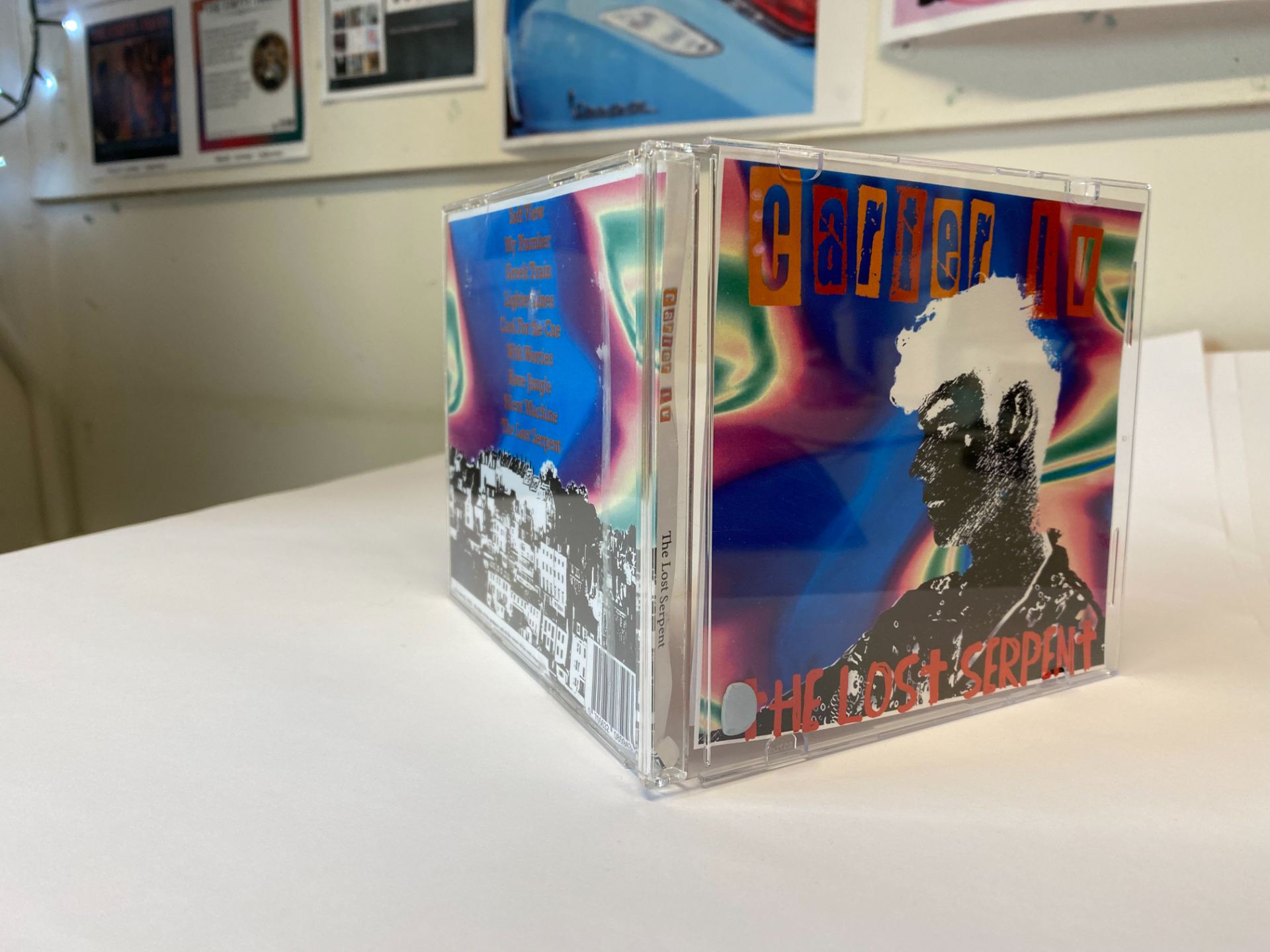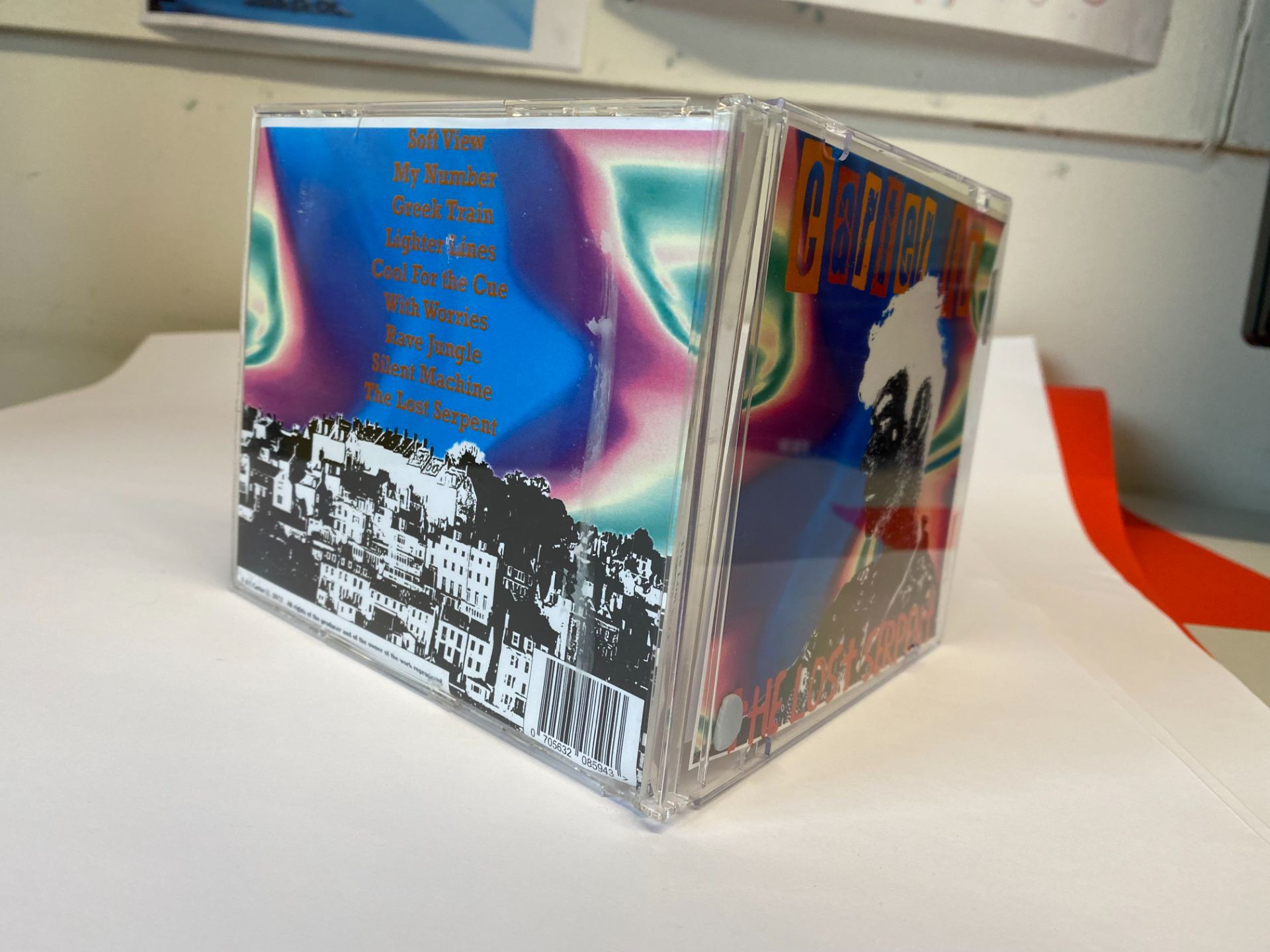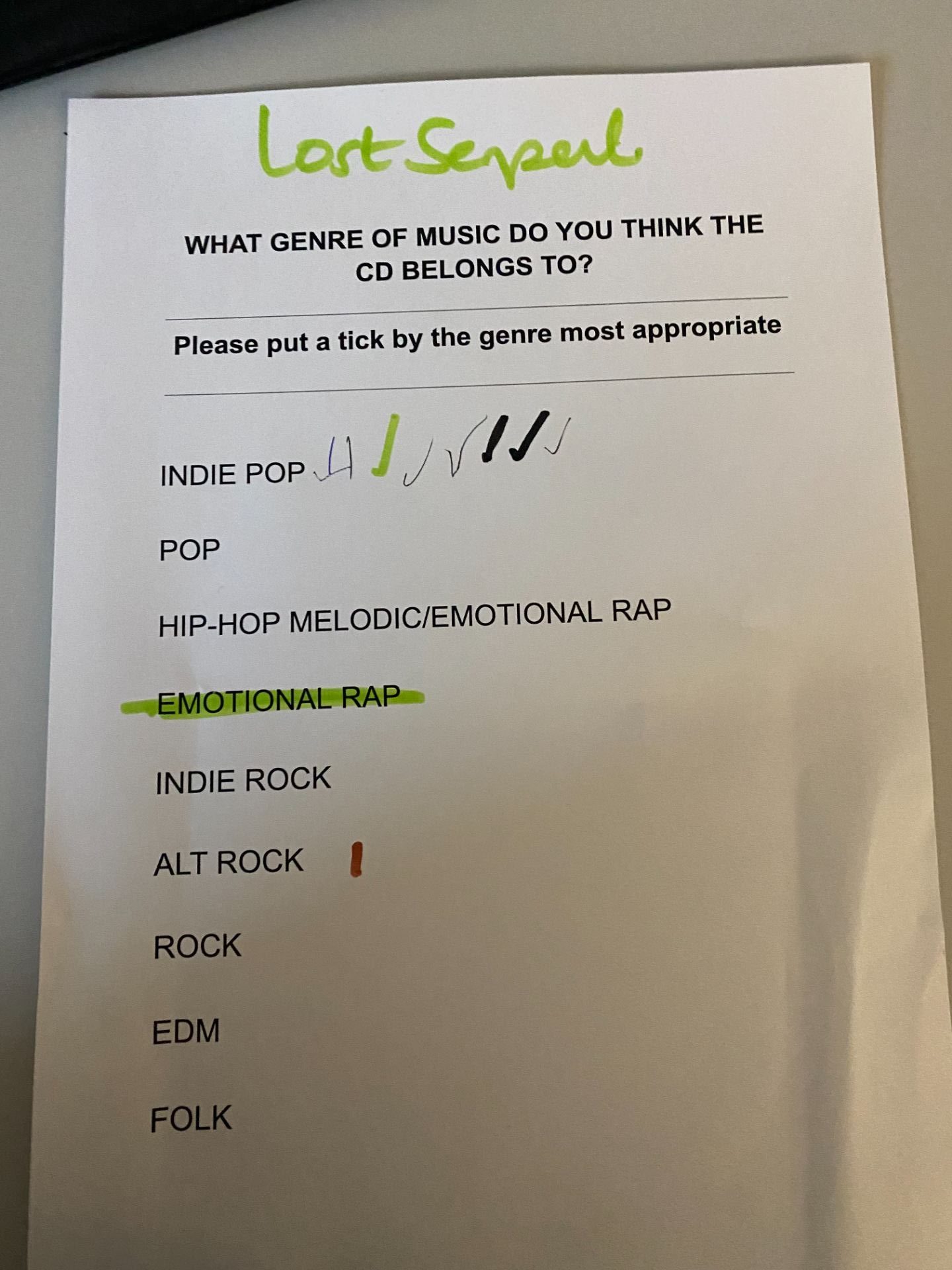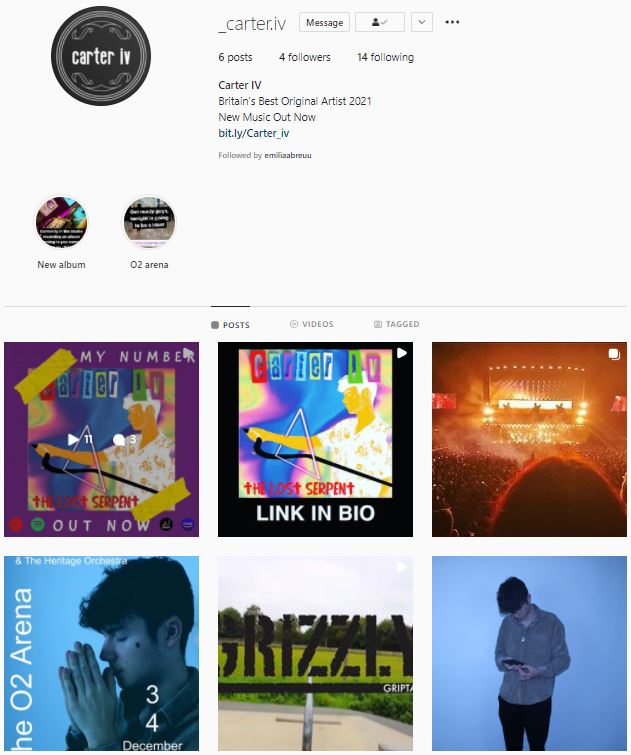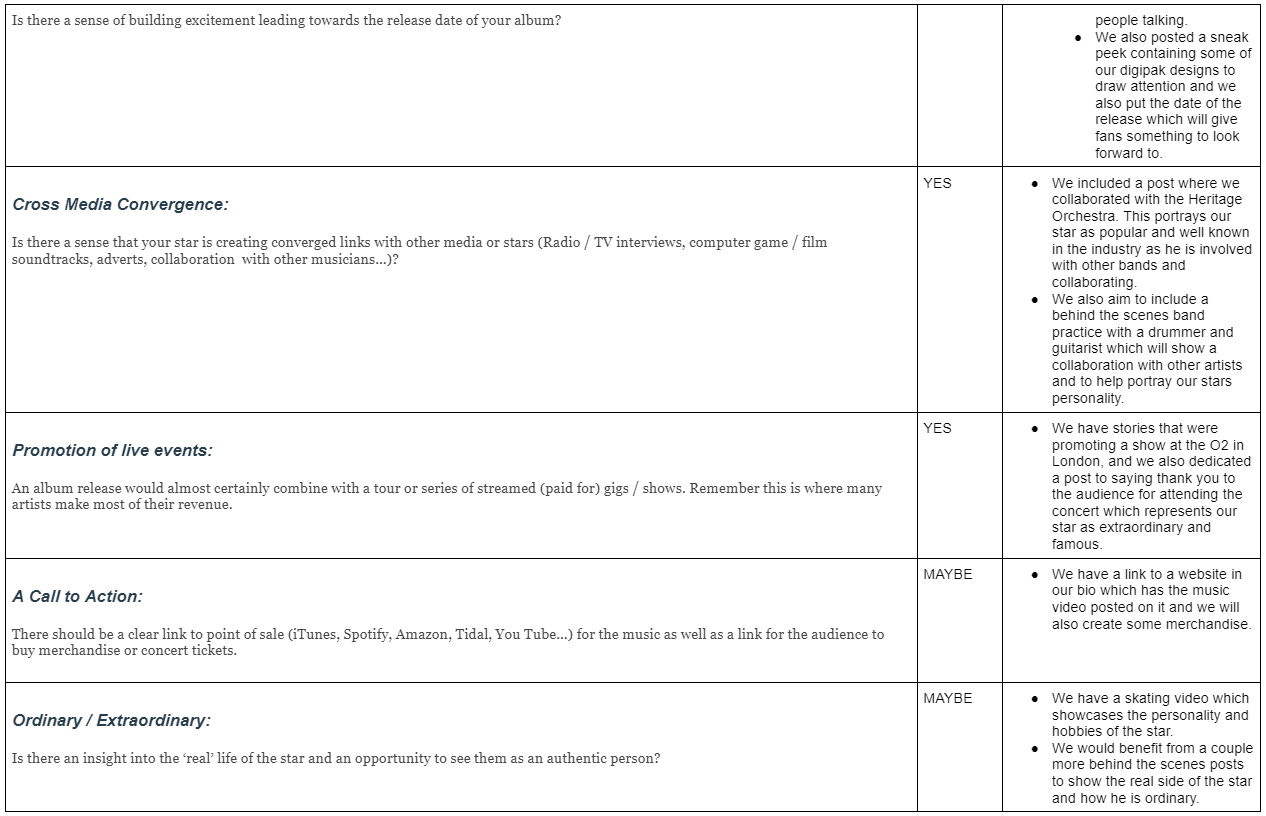Advanced Portfolio
Critical Reflection
Name: Billy Anderson
- How do your products represent social groups or issues?
- How did your research inform your products and the way they use or challenge conventions?
- How do your products engage with the audience?
- How do the elements of your production work together to create a sense of ‘branding’?
How do your products represent social groups or issues?

Indie rock album covers tend to follow 2 different themes and album covers from this genre don’t tend to stray too far from these themes. They are either very naturalistic or very cartoon-like. One example is an album cover by the Foals, whose song we used for our music video. Barthes would refer to this as cultural code, as it gives the audience an insight into the genre of indie rock. Having a cartoon like or highly edited album cover is semic code for the genre being completely unique and an outcast compared to other genres. The choice of theme for the album cover can have a huge impact on how the star is represented to the audience. Richard Dyer argued the importance of star image, and within indie rock, is it conventional for the star image to be presented as ordinary and present to appeal to an audience who will be attracted to an artist who puts time aside for their fans.
 Within our products, certain media language codes are present in order for the product to be conventional as well as unique. One example is where we used semic code to represent the individualistic nature of indie as a genre. We edited the photo of our star on the front cover using a threshold filter, which made him completely black and white. This is done using threshold effects which mask his face and hide his identity from the audience to imply that he is mysterious and untouchable. This is further supported by the psychedelic background on the digipak to emphasise the playful nature of the star and the connotations a mysterious and playful personality are what we believe will appeal to an indie rock audience. This made it conventional and it also stands out amongst other genres of album covers with the effects which made the album cover seem like a cartoon or comic. This is semic code because it shows how indie is recognisable amongst the other genres as an outsider, for example fans of the genre tend to dress in a unique uniform which is easily identifiable as indie. We also used an unedited image of the star on the inside cover of the album which portrays our star as out of reach but also present to the audience. Our star also has a representation of being ordinary within the music video while he breaks the 4th wall and connects with the audience.
Within our products, certain media language codes are present in order for the product to be conventional as well as unique. One example is where we used semic code to represent the individualistic nature of indie as a genre. We edited the photo of our star on the front cover using a threshold filter, which made him completely black and white. This is done using threshold effects which mask his face and hide his identity from the audience to imply that he is mysterious and untouchable. This is further supported by the psychedelic background on the digipak to emphasise the playful nature of the star and the connotations a mysterious and playful personality are what we believe will appeal to an indie rock audience. This made it conventional and it also stands out amongst other genres of album covers with the effects which made the album cover seem like a cartoon or comic. This is semic code because it shows how indie is recognisable amongst the other genres as an outsider, for example fans of the genre tend to dress in a unique uniform which is easily identifiable as indie. We also used an unedited image of the star on the inside cover of the album which portrays our star as out of reach but also present to the audience. Our star also has a representation of being ordinary within the music video while he breaks the 4th wall and connects with the audience.
How did your research inform your products and the way they use or challenge conventions?
 In terms of conventions in our genre of music video, indie rock music videos tend to be very illustrative in relation to the lyrics of the song. Another convention of an indie music video is that they tend to have the majority or all of the video shot and based outdoors. This is associated with a theme of nature present in a range of indie rock media such as videos, album covers and tour posters. These conventions formed our repertoire of elements, which Lacey identified as the expected conventions of a media text. This is increasingly important in indie rock, as it appeals to an individualistic and unique audience and therefore indie rock artists must ensure that their content is ‘similar and different’. I analysed videos from a range of genres to help identify conventions that were exclusive to each genre. For example, I analysed a video by Mumford and Sons for their song ‘Lover of the Light’ to pinpoint the conventions of a music video for an indie rock band. It had a strong theme of being outdoors with nature and freedom which was a desirable convention to aim to recreate within our video.
In terms of conventions in our genre of music video, indie rock music videos tend to be very illustrative in relation to the lyrics of the song. Another convention of an indie music video is that they tend to have the majority or all of the video shot and based outdoors. This is associated with a theme of nature present in a range of indie rock media such as videos, album covers and tour posters. These conventions formed our repertoire of elements, which Lacey identified as the expected conventions of a media text. This is increasingly important in indie rock, as it appeals to an individualistic and unique audience and therefore indie rock artists must ensure that their content is ‘similar and different’. I analysed videos from a range of genres to help identify conventions that were exclusive to each genre. For example, I analysed a video by Mumford and Sons for their song ‘Lover of the Light’ to pinpoint the conventions of a music video for an indie rock band. It had a strong theme of being outdoors with nature and freedom which was a desirable convention to aim to recreate within our video.
 To appeal to our audience we used conventions of indie rock, but we also added our own spin on it. Using an illustrative music video, we personified the star’s grief in a necklace which was weighing him down as he tried to do anything, Barthes would call this a symbolic code. The activities in the video were fairly contrasting in terms of their relationship with indie. Skateboarding is a stereotypical interest to an indie rock fan and we weaved it into the video to engage the attention of the audience. As a contrast, we included the star playing tennis as well which is an activity that is more likely to be associated with pop music. We used Altman’s theory of the blueprint, where we followed indie rock conventions to minimize the risk of the audience rejecting the text.
To appeal to our audience we used conventions of indie rock, but we also added our own spin on it. Using an illustrative music video, we personified the star’s grief in a necklace which was weighing him down as he tried to do anything, Barthes would call this a symbolic code. The activities in the video were fairly contrasting in terms of their relationship with indie. Skateboarding is a stereotypical interest to an indie rock fan and we weaved it into the video to engage the attention of the audience. As a contrast, we included the star playing tennis as well which is an activity that is more likely to be associated with pop music. We used Altman’s theory of the blueprint, where we followed indie rock conventions to minimize the risk of the audience rejecting the text.
How do your products engage with the audience?
 Social media pages are massively important to artists due to the rise in internet users and how easily artist’s can go viral and reach new audiences globally. Being an avid user of social media, I thought that the most important thing for a star on a social media page is to post regularly and to engage with the audience by reacting to comments and acknowledging opinions etc. This is a key area of Blumler and Katz ‘Uses and Gratification’ theory as they support the idea that fans want to use the artist to socially interact with other fans and the artist themselves, which in turn will have an impact on their personal identity. This is also achieved through live events such as concerts and tours, which are a very effective way of engaging fans as they can experience the artist in a real life setting and meet new people, which Dyer would support as it makes the star more present in the lives of the audience members. By actively engaging with the fans and providing opportunities, the artist will attract a strong fan base which is a very effective form of marketing for an artist.
Social media pages are massively important to artists due to the rise in internet users and how easily artist’s can go viral and reach new audiences globally. Being an avid user of social media, I thought that the most important thing for a star on a social media page is to post regularly and to engage with the audience by reacting to comments and acknowledging opinions etc. This is a key area of Blumler and Katz ‘Uses and Gratification’ theory as they support the idea that fans want to use the artist to socially interact with other fans and the artist themselves, which in turn will have an impact on their personal identity. This is also achieved through live events such as concerts and tours, which are a very effective way of engaging fans as they can experience the artist in a real life setting and meet new people, which Dyer would support as it makes the star more present in the lives of the audience members. By actively engaging with the fans and providing opportunities, the artist will attract a strong fan base which is a very effective form of marketing for an artist.
 In our genre, we found that fans of similar bands such as Arctic Monkeys were mainly middle age (40 – 60), however we also found that indie rock is a genre that is growing within a younger audience. Our younger audience enjoyed hobbies such as skateboarding, surfing, nature and socialising with friends and we used these factors within our social media page for the audience to engage with the star and accept his texts and content. We followed the conventional ideology for fan engagement by Blumler and Katz in our social media page. An example of engagement with our fans would be where we created 6 different posts over a 2 week period. We wanted to keep the fans entertained with short videos including one promotional skateboarding video, which helps to promote the ordinary nature of the artist as he enjoys the same things as some audience members do. Frequent posts also allows the audience to socially interact with each other and gives them something to talk to each other about, which is a good marketing strategy in a viral and word of mouth form. Any form of marketing gives an artist a competitive advantage over other artists from a business perspective. This could also be described as an effect on the personal identity of the fans, as the fans care about what the artist does every day and what he is like behind the scenes.In terms of the information element of the Uses and Gratification theory, we used the story function on Instagram to promote and update fans on our live performance at the O2 arena. We wanted to engage the audience with small teasers by frequently posting on the day up until the real event to inform them as well as giving the audience a chance to actively engage with the artist, which is an idea that will appeal to younger fans of indie rock with more time on their hands.
In our genre, we found that fans of similar bands such as Arctic Monkeys were mainly middle age (40 – 60), however we also found that indie rock is a genre that is growing within a younger audience. Our younger audience enjoyed hobbies such as skateboarding, surfing, nature and socialising with friends and we used these factors within our social media page for the audience to engage with the star and accept his texts and content. We followed the conventional ideology for fan engagement by Blumler and Katz in our social media page. An example of engagement with our fans would be where we created 6 different posts over a 2 week period. We wanted to keep the fans entertained with short videos including one promotional skateboarding video, which helps to promote the ordinary nature of the artist as he enjoys the same things as some audience members do. Frequent posts also allows the audience to socially interact with each other and gives them something to talk to each other about, which is a good marketing strategy in a viral and word of mouth form. Any form of marketing gives an artist a competitive advantage over other artists from a business perspective. This could also be described as an effect on the personal identity of the fans, as the fans care about what the artist does every day and what he is like behind the scenes.In terms of the information element of the Uses and Gratification theory, we used the story function on Instagram to promote and update fans on our live performance at the O2 arena. We wanted to engage the audience with small teasers by frequently posting on the day up until the real event to inform them as well as giving the audience a chance to actively engage with the artist, which is an idea that will appeal to younger fans of indie rock with more time on their hands.
How do the elements of your production work together to create a sense of ‘branding’?
The Mission Statement: Carter IV is the new Liam Gallagher of the indie rock world. Bringing a fresh kick to a notoriously magnificent genre, Carter will attract the new phase of indie rock fans with gripping and groundbreaking songs that even the old but gold indie fans can get down to. The genre will be in safe hands and audiences will be inspired to follow in the funky footsteps of Carter IV
 The entire package has the main purpose of representing the star and the genre. Before our social media page came about we created a mission statement for our star and their brand. We are able to choose how we want to represent this through the use of techniques such as Mise En Scene and Barthes concept of media language which allow us to create media texts that fit the preferred reading of our target audience. Preferred reading is a term created by media theorist Stuart Hall, and was a very important feature to keep in mind when we created our media texts. We mainly followed the conventions of indie music videos, album covers and social media pages to reach our target audience by using similar outfits and capturing similar interests. However the idea of being ‘similar and different’ (Lacey) was a very important idea for us to use as we believed that it is very significant to an audience of our indie rock genre to experience unique media texts.
The entire package has the main purpose of representing the star and the genre. Before our social media page came about we created a mission statement for our star and their brand. We are able to choose how we want to represent this through the use of techniques such as Mise En Scene and Barthes concept of media language which allow us to create media texts that fit the preferred reading of our target audience. Preferred reading is a term created by media theorist Stuart Hall, and was a very important feature to keep in mind when we created our media texts. We mainly followed the conventions of indie music videos, album covers and social media pages to reach our target audience by using similar outfits and capturing similar interests. However the idea of being ‘similar and different’ (Lacey) was a very important idea for us to use as we believed that it is very significant to an audience of our indie rock genre to experience unique media texts.
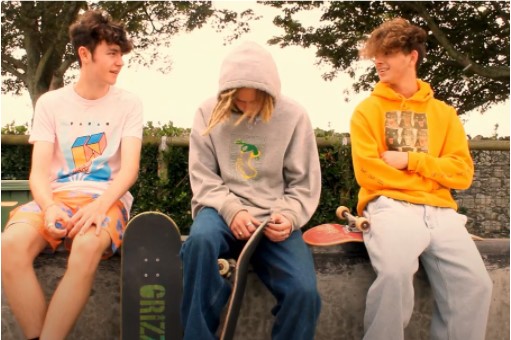 Specifically within our package, we followed the general convention of having coherence between each component of our media package. One example of where we encoded coherence was by including a skateboarding scene in our music video, which we then utilised the idea and reproduced as a convergence with a skateboarding brand ‘Grizzly’. This allowed us to achieve coherence as well as a partnership with a brand which would be significant in representing our stars’ passions and reinforcing the brand of Carter IV. Each component had to link somehow without being too similar as this would not align with the preferred reading of our audience and there is a chance that the audience would reject the text. Our aim was portraying the identity of the star as a Liam Gallagher type of artist, iconic and recognisable. One example is through the social media page, we were heavily invested in showing how the star behaves and thinks when he isn’t performing or making music so that the audience can form an intimate connection with the star.
Specifically within our package, we followed the general convention of having coherence between each component of our media package. One example of where we encoded coherence was by including a skateboarding scene in our music video, which we then utilised the idea and reproduced as a convergence with a skateboarding brand ‘Grizzly’. This allowed us to achieve coherence as well as a partnership with a brand which would be significant in representing our stars’ passions and reinforcing the brand of Carter IV. Each component had to link somehow without being too similar as this would not align with the preferred reading of our audience and there is a chance that the audience would reject the text. Our aim was portraying the identity of the star as a Liam Gallagher type of artist, iconic and recognisable. One example is through the social media page, we were heavily invested in showing how the star behaves and thinks when he isn’t performing or making music so that the audience can form an intimate connection with the star.



